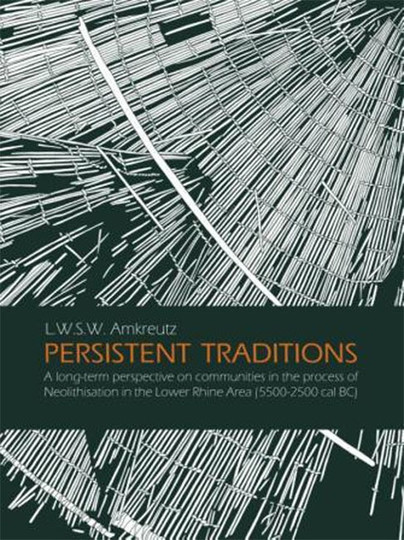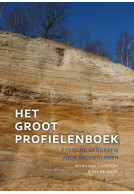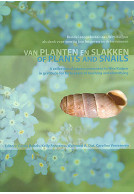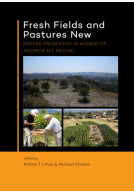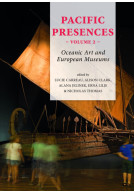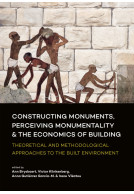Persistent Traditions (Paperback)
Imprint: Sidestone Press
Pages: 542
ISBN: 9789088902031
Published: 31st December 2013
Script Academic & Professional
Pages: 542
ISBN: 9789088902031
Published: 31st December 2013
Script Academic & Professional
You'll be £65.00 closer to your next £10.00 credit when you purchase Persistent Traditions. What's this?
+£4.99 UK Delivery or free UK delivery if order is over £40
(click here for international delivery rates)
Need a currency converter? Check XE.com for live rates
(click here for international delivery rates)
Need a currency converter? Check XE.com for live rates
The adoption of agriculture is one of the major developments in human history. Archaeological studies have demonstrated that the trajectories of Neolithisation in Northwest Europe were diverse. This book presents a study into the archaeology of the communities involved in the process of Neolithisation in the Lower Rhine Area (5500-2500 cal BC). It elucidates the role played by the indigenous communities in relation to their environmental context and in view of the changes that becoming Neolithic brought about.This work brings together a comprehensive array of excavated archaeological sites in the Lower Rhine Area. Their analysis shows that the succession of Late Mesolithic, Swifterbant culture, Hazendonk group and Vlaardingen culture societies represents a continuous long-term tradition of inhabitation of the wetlands and wetland margins of this area, forming a culturally continuous record of communities in the transition to agriculture.After demonstrating the diversity of the Mesolithic, the subsequent developments regarding Neolithisation are studied from an indigenous perspective. Foregrounding the relationship between local communities and the dynamic wetland landscape, the study shows that the archaeological evidence of regional inhabitation points to long-term flexible behaviour and pragmatic decisions being made concerning livelihood, food economy and mobility. This disposition also influenced how the novel elements of Neolithisation were incorporated. Animal husbandry, crop cultivation and sedentism were an addition to the existing broad spectrum economy but were incorporated within a set of integrative strategies.For the interpretation of Neolithisation this study offers a complementary approach to existing research. Instead of arguing for a short transition based on the economic importance of domesticates and cultigens at sites, this study emphasises the persistent traditions of the communities involved. New elements, instead of bringing about radical changes, are shown to be attuned to existing hunter-gatherer practices. By documenting indications of the mentalité of the inhabitants of the wetlands, it is demonstrated that their mindset remained essentially ‘Mesolithic’ for millennia.
Other titles in Sidestone Press...







